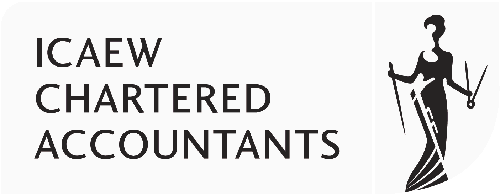UK and International Tax news
HMRC Guidance For Compliance Update
Friday 19th September 2025
New guidelines have recently been published by HMRC designed to help in ensuring documents filed with HMRC are complete and accurate.
The latest guidelines are to assist in situations where the taxpayer is considering applying a novel or improbable interpretation of the law or are still uncertain as to the correct interpretation of the law after making best efforts to resolve their uncertainty.
HMRC advise that they do not expect the guidelines to change anything for most taxpayers on the basis they apply best efforts when providing information to HMRC and have no cause to doubt the information they submit is correct and complete.
For income tax, corporation tax and VAT, self assessment means that it is the taxpayer’s responsibility to make sure tax returns, and similar documents filed with HMRC are correct and complete, regardless of whether an agent is used or other professional advice is taken.
In all self assessment regimes, the return or equivalent document is of critical importance, being the main way liability is established, and the primary obligation is to make a correct return.
For most tax returns and similar documents filed with HMRC, a declaration is made confirming they are correct and complete to the best of the taxpayer’s knowledge and is confirmation that HMRC can rely on the information about the tax or duties due.
HMRC point out that some tax returns and similar documents have been submitted where taxpayers did not have good reason to believe the information provided was correct. In particular, where there were insufficient checks that the information was correct and complete, a novel view of the law was adopted without verification it was correct, or an interpretation of the law that was most unlikely to be found correct if considered by the courts and tribunals.
HMRC comments that the most concerning cases have been where the taxpayer holds professional advice with an interpretation of the law that the courts and tribunals are unlikely to agree with but chooses to adopt it anyway. Where more than one interpretation of the law might be applied to a position taken, HMRC’s view is that the taxpayer must choose the interpretation that is believed to be on balance most likely correct. Adopting any other interpretation, including one that is more financially advantageous, may not meet legal obligations which are to provide a document that is correct and complete and declare that this is the case to the best of your knowledge.
HMRC believe that choosing to follow their recommended approaches in the guidelines may reduce risks of inaccuracy. However, following them does not prevent HMRC from taking a different view of a taxpayer’s tax or duties position, including challenging any legal interpretation applied.
The guidelines are a practical product for taxpayers to refer to and explain HMRC’s view that a customer should choose an interpretation of the law that is, on balance, most likely correct. They demonstrate the importance of all facts and views of the law being correct and complete to the best of a customer’s knowledge. In addition, they provide a recommended approach to professional advice, help to resolve remaining uncertainty, cover expectations of advisers, and provide practical examples of legal uncertainty.
HMRC recommend they should be read alongside existing guidance.
If you would like more information on the above, please contact Keith Rushen on 0207 486 2378.
Contact Us


